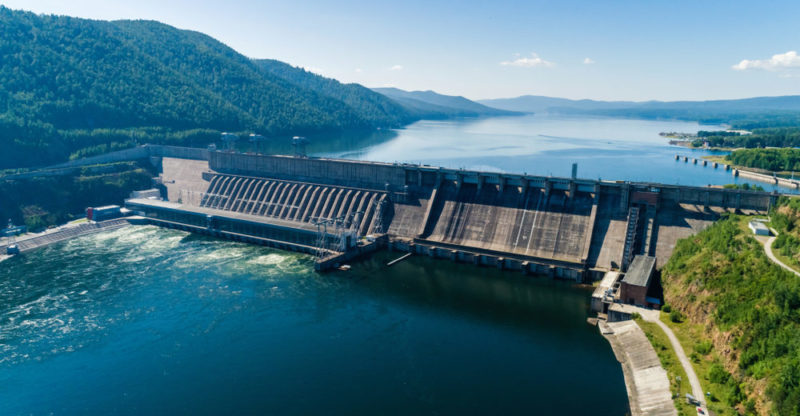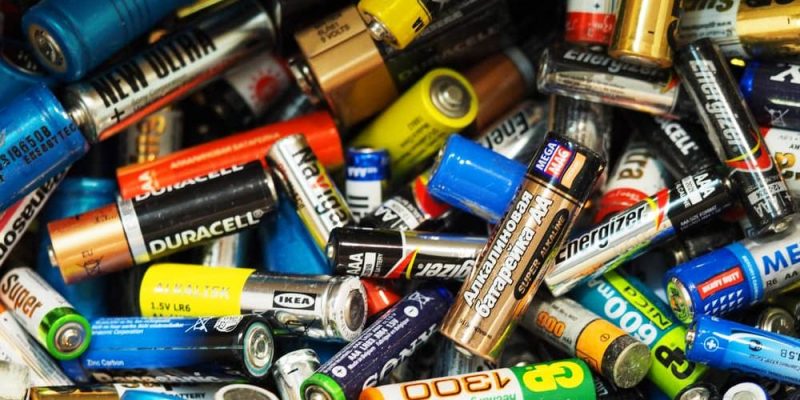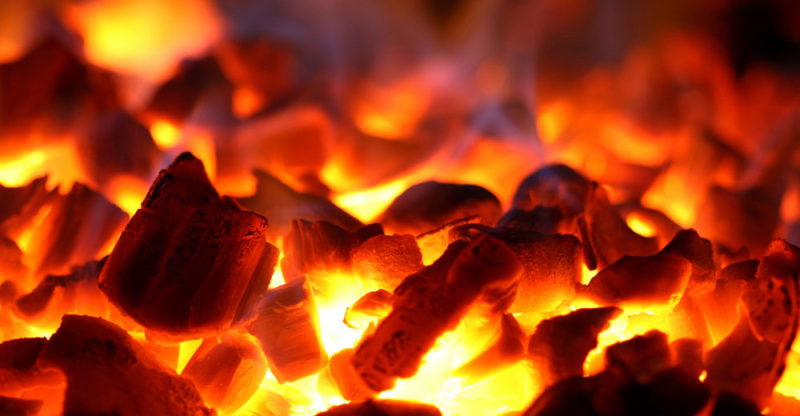We explain what energy is, the types that exist and what are the laws that govern it. Also, its general characteristics and examples.
What is Energy?
Commonly, energy is understood to be the capacity of a system, an object, particle or phenomenon to carry out a certain work, such as moving an object, transforming it or heating it . In non-scientific fields, energy can be understood as the ability to give rise to a phenomenon or the intensity that something has.The word "energy" comes from the Greek word enérgeia , which means "activity." This term is used in various areas of knowledge such as physics, chemistry, biology , technology and economics , always to refer to the ability to perform a job.
This concept is particularly important in physics , a science that deals with studying energy, the different types and their manifestations in the universe .
Energy concept
Energy is a measurable or measurable quantity , that is, it can be calculated and is involved in all forms of action or reaction.The state of motion of a body or system, chemical transformations or changes in the state of aggregation of matter can be explained in terms of energy exchanges.
>
All objects, systems and particles in the universe have energy and without it life would be impossible.
Types of energy
 According to the elements involved in its generation, we can talk about the following types of energy:
According to the elements involved in its generation, we can talk about the following types of energy:
- Electricity . It is a form of electromagnetic energy that is produced when there is a difference in electrical potential between two points, resulting in an exchange or flow of electrons called “electric current”.
- Chemical energy . It allows atomic and molecular unions and reactions, so it is an essential form of energy for life, since living beings require it to maintain their own functioning (metabolism).
- Kinetic energy . It is a type of mechanical energy that involves the movement of the particles of a given physical system. It is the energy that objects that are in motion have.
- Wind power . It is a type of energy associated with the wind and its natural thrust force, usable in wind fields to transform it into electricity .
- Heat or thermal energy . It is related to temperature and the ability to receive or deliver heat. An object or system that receives heat energy (heat) increases its temperature as long as it is not undergoing a change of state of aggregation .
- Magnetic energy . It is the energy generated by the presence of a magnetic field . It is typical of ferromagnetic relationships, such as those that allow the attraction between a magnet and certain metals .
- Solar energy . It is the heat and light radiation from the sun , used by plants to carry out photosynthesis and by other living beings to heat themselves.
- Atomic energy . It is the energy possessed by the nuclei of atoms and what allows them to remain united with each other: it is related to the strong and weak nuclear forces, which keep the neutrons and protons together in the nucleus and the electrons orbiting around.
- Potential energy . It is the energy that is contained in a physical system or an object in a given situation and can then be transformed into other forms of energy, such as kinetics.
- Internal energy . It is the sum of the energy of the elements that make up a system.
- Hydraulic power . It is derived from harnessing the kinetic energy of rivers , tides and falling water .
- Light energy . It is linked to perceptible light and the objects and reactions that produce it.
- Sound energy . It is the energy associated with sounds .
- Geothermal energy . It is the energy obtained from the use of the internal heat of the planet , which is transmitted through layers of rock and hot minerals by conduction and convection processes.
Laws of energy
 According to physics, the energy in the universe is governed based on the following principles or laws, known as the three Laws of thermodynamics :
According to physics, the energy in the universe is governed based on the following principles or laws, known as the three Laws of thermodynamics :
- Universal law of conservation of energy . It establishes that energy can neither be created nor destroyed since it remains unchanged in the universe : it can only be transformed into another, but it cannot be extinguished or created from nothing.
- Law of entropy . It establishes that the degree of disorder in the universe tends to increase with time , that is, that every isolated system tends gradually to disorder. This means, among other things, that energy in the form of heat can never flow from a cold body to a warmer one.
- Third Law or 'Nernst Postulate' . It states that once absolute zero (0 ° K) is reached, all physical processes stop and the entropy (degree of disorder) reaches a constant and stable value.
Energy storage
 Energy can be stored in various ways by:
Energy can be stored in various ways by:
- Accumulation of elements of high potential energy . The hydrocarbons or combustibles, once exposed to the oxygen release significant amounts of energy.
- Storage in cells and batteries (electrical energy) . In these elements energy can be stored due to the arrangement of their electrically charged molecules in usable energy fields.
- Natural deposits of glucose and fat . In living beings, energy is stored in the form of glucose and fat , a source of energy for the animal body.
Energy transformations
 Energy induces two types of transformations in the objects that interact with it:
Energy induces two types of transformations in the objects that interact with it:
- Mechanical transformations . They have to do with the shape of objects and their physical variations such as expansion, deformation, etc.
- Thermal transformations . They involve the increase in temperature of an object that receives an energy charge, as occurs with objects after much friction or left in the sun.
Energy degradation
Although energy is not destroyed or created, it is degraded, that is, in all energy transmission a percentage is lost (100% is never transmitted) by degrading into heat energy in the process.
Use of energy
 Energy transformations can be used for the benefit of living beings and especially humanity, to the extent that it can be transmitted and propagated, even focused or concentrated, allowing the generation of significant amounts of movement, heat and work.
Energy transformations can be used for the benefit of living beings and especially humanity, to the extent that it can be transmitted and propagated, even focused or concentrated, allowing the generation of significant amounts of movement, heat and work.Machines, in fact, are an example of how to transform electricity into other forms of energy (mechanical, light, etc.).
Energy Measurement Units
Energy can be measured in different units, according to the type in question, but the joule (j) is accepted as the fundamental unit .One joule is equal to the amount of work done by a 1-newton force to displace an object by 1 meter.
Other possible units are: calorie (cal), frigory (fg), therm (th), kilowatt (kW), British Thermal Unit (BTU), electron volt (eV), horsepower per hour (CVh).
Energy sources
 “Sources of energy” are considered to be those human devices that allow transforming energy of various kinds into electrical energy to supply human communities .
“Sources of energy” are considered to be those human devices that allow transforming energy of various kinds into electrical energy to supply human communities .They are not really "sources" but rather large converters that take advantage of wind, nuclear, chemical or hydraulic energy, etc.
Examples of energy
There are numerous examples of energy on a day-to-day basis. From the chemical energy of batteries, which allows us to turn on a flashlight (and generate light energy), or the chemical energy contained in the food we consume to be able to move (mechanical energy) or that we perceive when we try to stop a moving object (energy kinetics).The above content published at Collaborative Research Group is for informational and educational purposes only and has been developed by referring reliable sources and recommendations from technology experts. We do not have any contact with official entities nor do we intend to replace the information that they emit.
MA student of the TransAtlantic Masters program at UNC-Chapel Hill. Political Science with a focus on European Studies. Expressed ideas are open to revision. He not only covers Technical articles but also has skills in the fields of SEO, graphics, web development and coding. .
Leave a reply
Your email address will not be published. Required fields are marked *Recent post

Sport: What Is It, Types, Risks, Features, Characteristics and Examples
September 23, 2021

Dogs: Emergence, Features, Characteristics, Feeding and Breeds
September 24, 2021

Story: Definition, Elements, Structure, Features and Characteristics
September 24, 2021

Essay: Definition, Structure, Features, Characteristics, How to Do It
September 24, 2021
